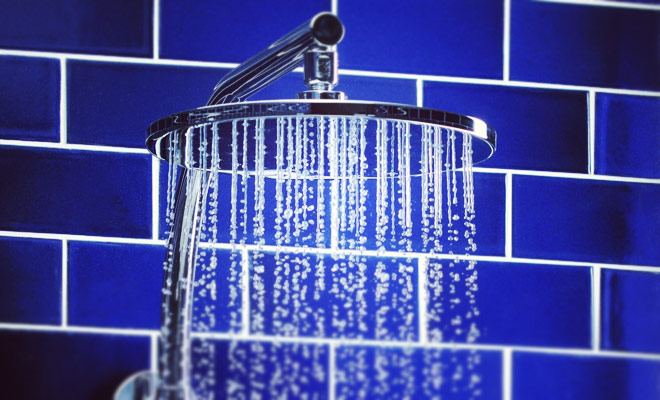There are few things more frustrating than trying to take a shower in a pathetic trickle of water. Fortunately, you can figure out how to increase water pressure once you know what the cause of the problem is. It might be a simple fitting, or you might need to consider upgrading your water installation to correct it.
Step 1: Determine the Location
The first thing to do is identify whether it’s the shower that’s at fault or the water supply in general. It’s fairly easy to do this by checking the other faucets in the house. If it’s only the shower, it could be your showerhead or the pipes leading to the head. If you experience the low water pressure in more than one outlet, however, determine if the outlets are on the same line as each other. For example, are they both:
- in the same bathroom, or
- on the same side of the home?
This will help you to know where to look, or what to tell your local plumber when you call to schedule a visit.
Step 2: Identify the Problem
Assuming you simply replace the showerhead if you find it’s clogged or defective, your next step is to identify the problem. You (or your plumber) can do this in several ways:
- Check for cracked or clogged pipes: Visually check the sections of pipe that are visible, such as under the sink in the bathroom. If they are old galvanized pipes, these could be partially blocked with rust and other accumulated deposits. This will also give you an indication of the size of the pipes used, which can be responsible for low pressure.
- Look for water leaks: Examine the walls around the pipes leading to the faulty outlets with an infrared imaging device. This will help you to detect any water leaks inside the walls that could be contributing to the low pressure. It’s important to check for leaks periodically even if you don’t need to know how to increase water pressure because unattended small water leaks can cause high water consumption and hidden water damage. Turn off all faucets and check your water meter. If it’s still running, water is escaping somewhere. Whether it’s from the toilet tank, a leaking pipe or your main water installation, it can affect your pressure.
- Verify valve settings: Make sure your shut-off valve is fully open. It might sound basic, but it’s possible. Also, check that you don’t have a defective pressure relief valve or low water flow from the City’s supply.
After you identify the cause, you can take steps to fix the problem.
Step 3: Take Action to Increase Shower Pressure
Here’s where you might need professional assistance. It’s one thing to know how to increase water pressure, but another to actually do the job—especially if you aren’t a bona fide DIY expert or don’t have the right tools.
If all you need to do is replace the showerhead or reset a faulty pressure valve you might be able to do it yourself, but replacing old, clogged or leaky pipes or conducting repairs to the main water supply lines is a little harder.
If you’re seriously tired of the water pressure problem, however, it is probably worth budgeting for the expenditure to take whatever actions are necessary to improve your shower experience.

